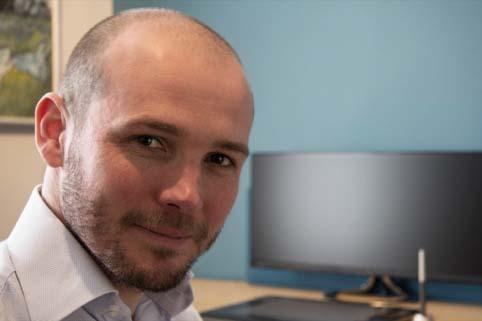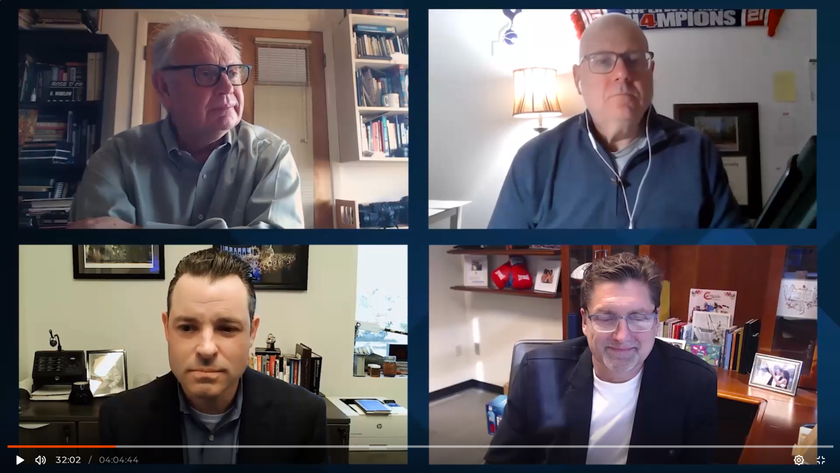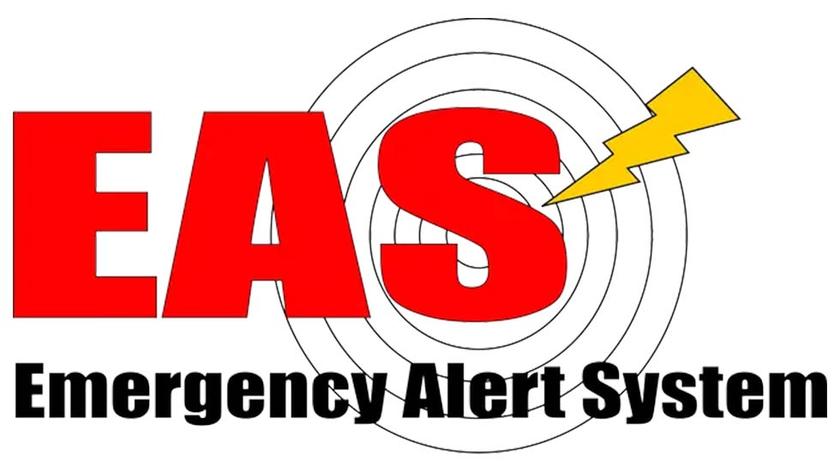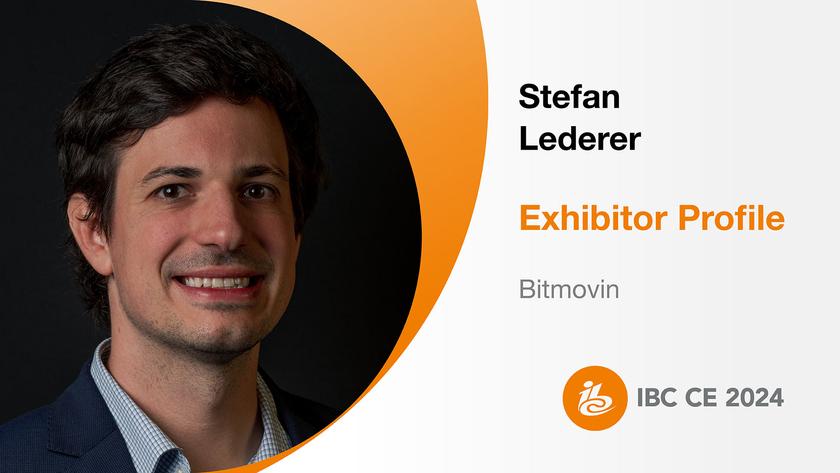NAB Show Goes 360 Degrees
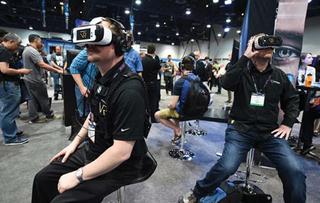
LAS VEGAS—If virtual reality was not the star of the 2016 NAB Show, judging by the size of the crowds at the Virtual and Augmented Reality Pavilion in the North hall, VR was a strong supporting character. Even just the highlights required a full day to explore.
The Pavilion was curated by Kaleidoscope, who was called in by NAB to help gather the best VR experiences from around the world.
“What we find most exciting are VR experiences that fall somewhere between a movie and a game,” said René Pinnell, the founder of Kaleidoscope, which describes itself as a “global community of developers, filmmakers, technologists.” “We had stations set up where visitors could view 30 VR experiences on either Oculus Rift, HTC Vive or Samsung Gear VR headsets. These were all gathered from our recently completed world tour that took us to 10 cities from Europe to Asia and Australia.”
THE SPHERICAL SPACE
Tim Dashwood, founder of Dashwood Cinema Solutions, was in the VR Pavilion with his 360 VR Toolbox that, among other things, provides a plug-in for viewing VR projects on an Oculus Rift headset that had been created with Adobe Premiere CC, After Effects CC or Apple Final Cut Pro. It also lets you project 2D images on the inside of a 3D sphere. “This year we also showed off a brand new 3D, 360-degree rendering environment,” Dashwood said. “It can take any image on any plane and position it in spherical space. Think the opening scroll from ‘Star Wars’ in VR and you’ll get the idea.”
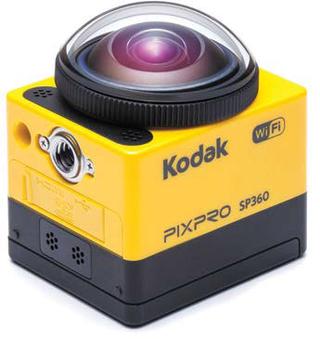
Kodak PIXPRO SP360 VR camera JK Imaging, Ltd, the worldwide licensee for Kodak PIXPRO Digital Cameras & Devices was there with the new SP360 4K VR Camera.
“This year we had our new 1080p version that records a 235-degree field of view,” said Tracy Christall, director of marketing at JK Imaging Ltd. “Mounting two of these cameras back-to-back on a drone you can get a full 360-degree view with the overlap eliminating the camera mount and any drone propellers from the spherical view.”
Available with the SP360 camera is complimentary PIXPRO Desktop Editing Software and their NEW PIXPRO Stitch Software, which facilitates stitching two SP360 4K video files into a virtual sphere.
Last April, Santa Clara, Calif.-based VR company VOKE scored a major milestone in VR history by presenting the NCAA Final Four Semifinals and National Championship in virtual reality for the first time as a 180-degree live 2D stream. Fans could follow the game by using Samsung Gear VR powered by Oculus.
So of course this VR footage from March Madness was a main attraction for VOKE at the pavilion, according to Uma Jayaram, VOKE’s executive vice president and COO.
“The exciting thing was that viewers got an immersive experience seeing the game directly from courtside,” he said. “We have our own proprietary camera system which we think is optimized for sporting events since its 180 degree view is the way people are accustomed to watching games. It also means the data from the view behind you is not wasted so it can be used for other fun bits of sports data information.”

NextVR brought its VR production truck to the NAB Show. It’s the world’s first OB truck capable of transmitting live high-definition, 3D virtual reality content over IP.‘WIRE FRAME GRID’
NextVR brought its VR production truck to the Las Vegas show, the world’s first OB truck capable of transmitting live high-definition, 3D virtual reality content over IP.
“Not only can our truck provide 360-degree views of a live event, we can also position audio in 3D space,” said DJ Roller, cofounder of NextVR, a VR provider based in Laguna Beach, Calif. “For example, with our proprietary audio software, when viewing the Masters Golf Tournament from the edge of the green, we could place the sound of the ball going into the hole at its proper location in virtual space.”
With 27 patents granted or pending, NextVR has figured out a way to combine the output of the six cameras on their VR camera array without stitching their edges together. “We have a custom codec called ‘Compound Entropy Stereoscopic Encoding’ derived from our earlier work in 3D,” Roller said. “So whether we are producing a show from the Kentucky Derby or the US Open, we can pull our truck up and plug into an existing broadcast fiber infrastructure without modification.”
To overly simplify the concept, NextVR’s approach is to consider the world around us as a “wire frame grid” onto which the video is shaded or hung. This eliminates problems such as “puppet warping” from misalignment that can plague conventional video stitching.
Thomas Wallner, founder of Toronto-based VR provider DEEP Inc. (Digital Entertainment Every Platform) said he prefers to call 360 degree video on a flat screen “cinematic VR” (think Google maps), but it becomes true virtual reality when seen in 3D with a headset.
“We make a ‘white label’ product called ‘Liquid Cinema’ that creates VR projects any third party can put their own brand on,” Wallner said. “It’s being evolved in collaboration with the Canada Media Fund, ARTE, the Fraunhofer Institute and Bavaria’s public broadcasting service.”
The difference in DEEP’s approach is that everything in their VR process is rendered live. That makes correcting even the smallest mistake a simple matter of re-rendering only the affected section.
DEEP has created Windows-based authoring software called “Liquid Cinema Authoring Tool” that is simple enough for any editor to use without special training that creates visually complex cinematic VR experiences across multiple platforms and devices.
“This can save people a lot of time and money,” Wallner said. “With our system, every graphic element is rendered live and reacts to the viewer’s gaze.”
Freedom360, the innovator of spherical camera mounts that hide the blind spot for VR, and KonceptVR, its production division, presented their “School of Rock” promotional video, a five-minute version of Andrew Lloyd Webber’s new musical.
“Lloyd Webber basically took the movie starring Jack Black and put it on the stage,” said Joe Geerds, CEO and founder of both KonceptVR and Freedom360, both based in Long Island City, N.Y. “We also showed the launch of a Delta IV rocket from Vandenberg Air Force Base in California.”
Geerds’ philosophy is to keep the camera gear as small and unobtrusive as possible. “We are currently using GoPro cameras, and are trying to even reduce it from that,” Geerds said. “By putting these small camera arrays right next to the rocket launch gantry, we were able to give the audience an experience they could not get anywhere else. But that is what virtual reality is all about.”
Get the TV Tech Newsletter
The professional video industry's #1 source for news, trends and product and tech information. Sign up below.
